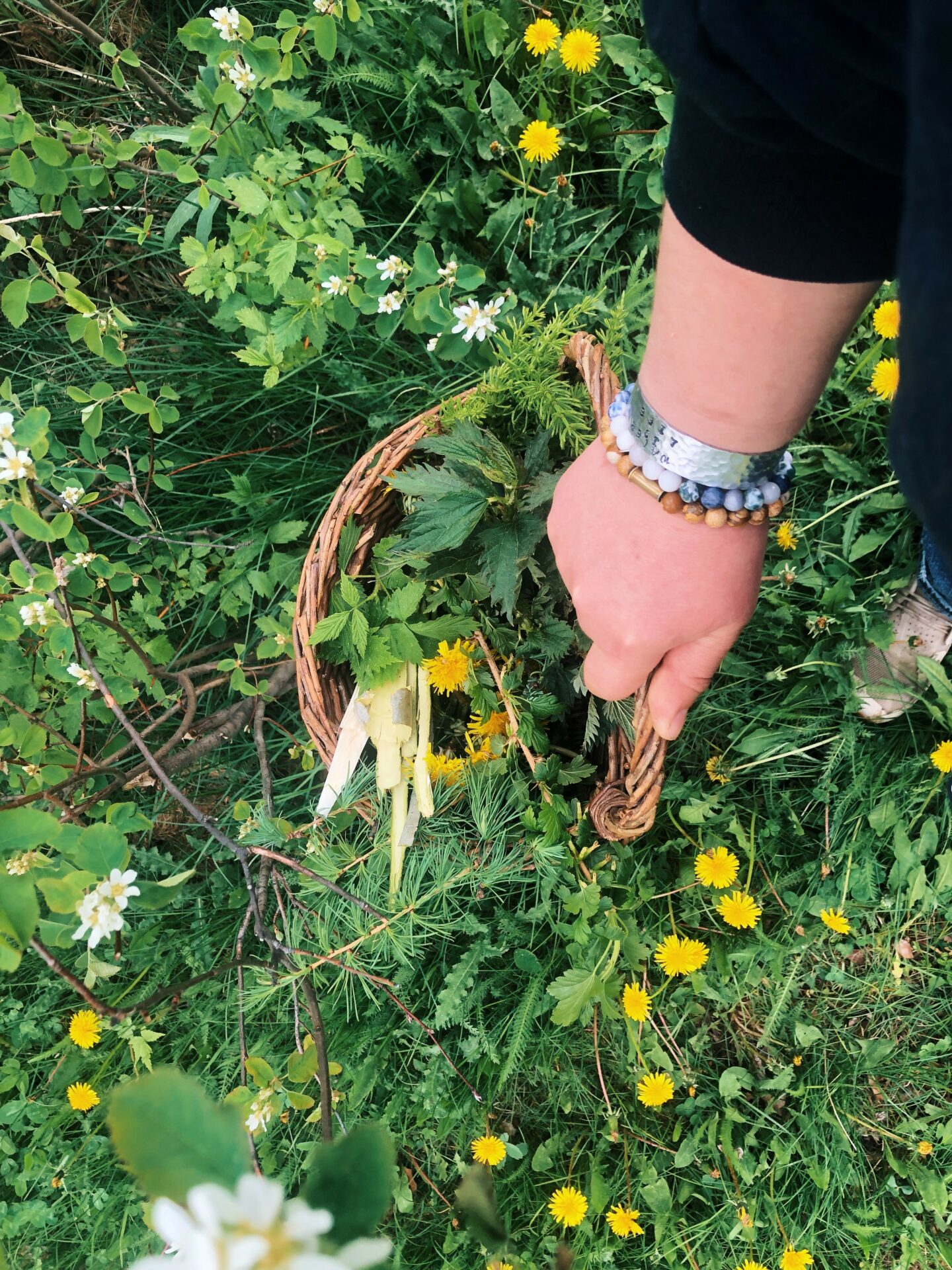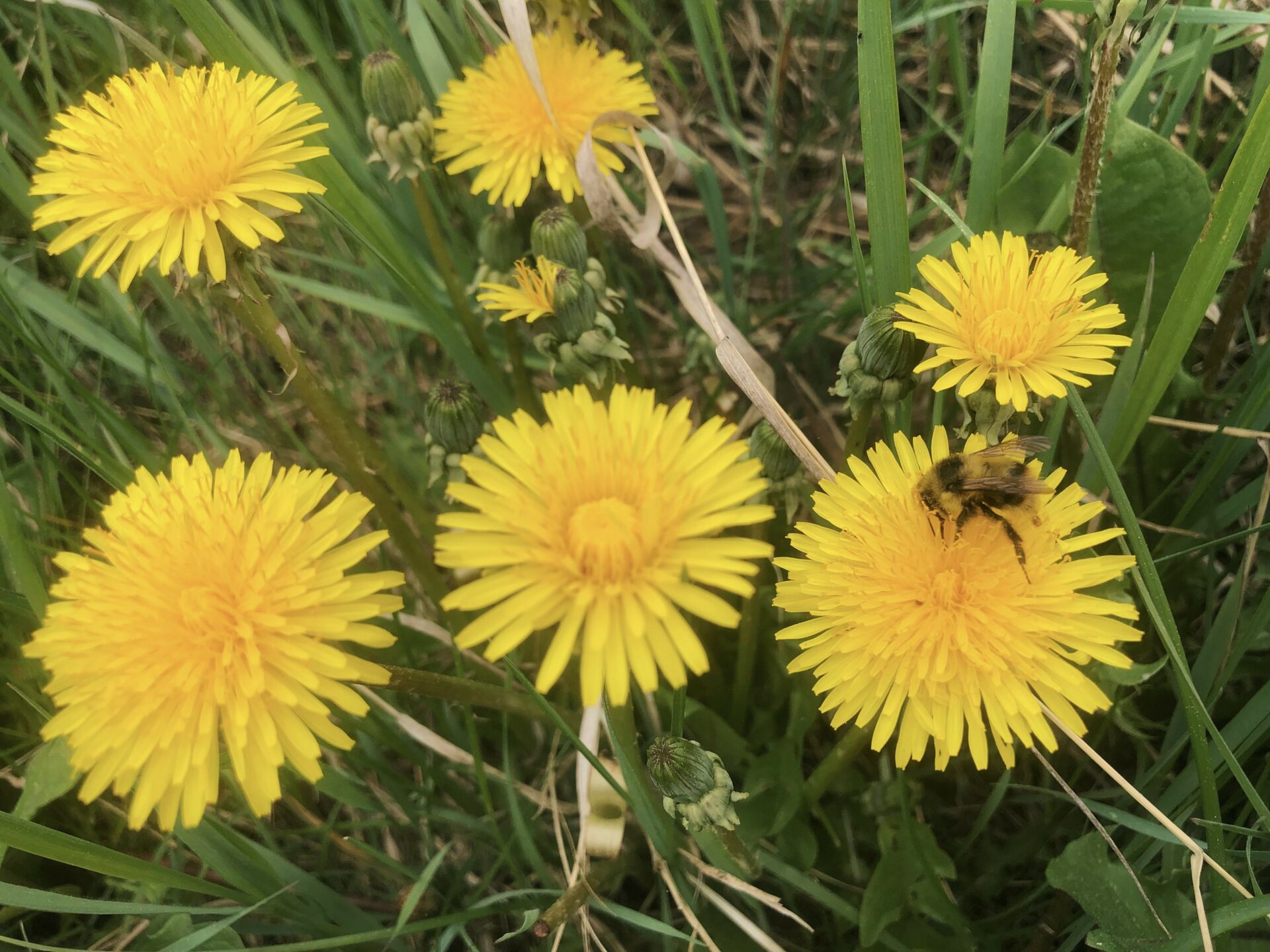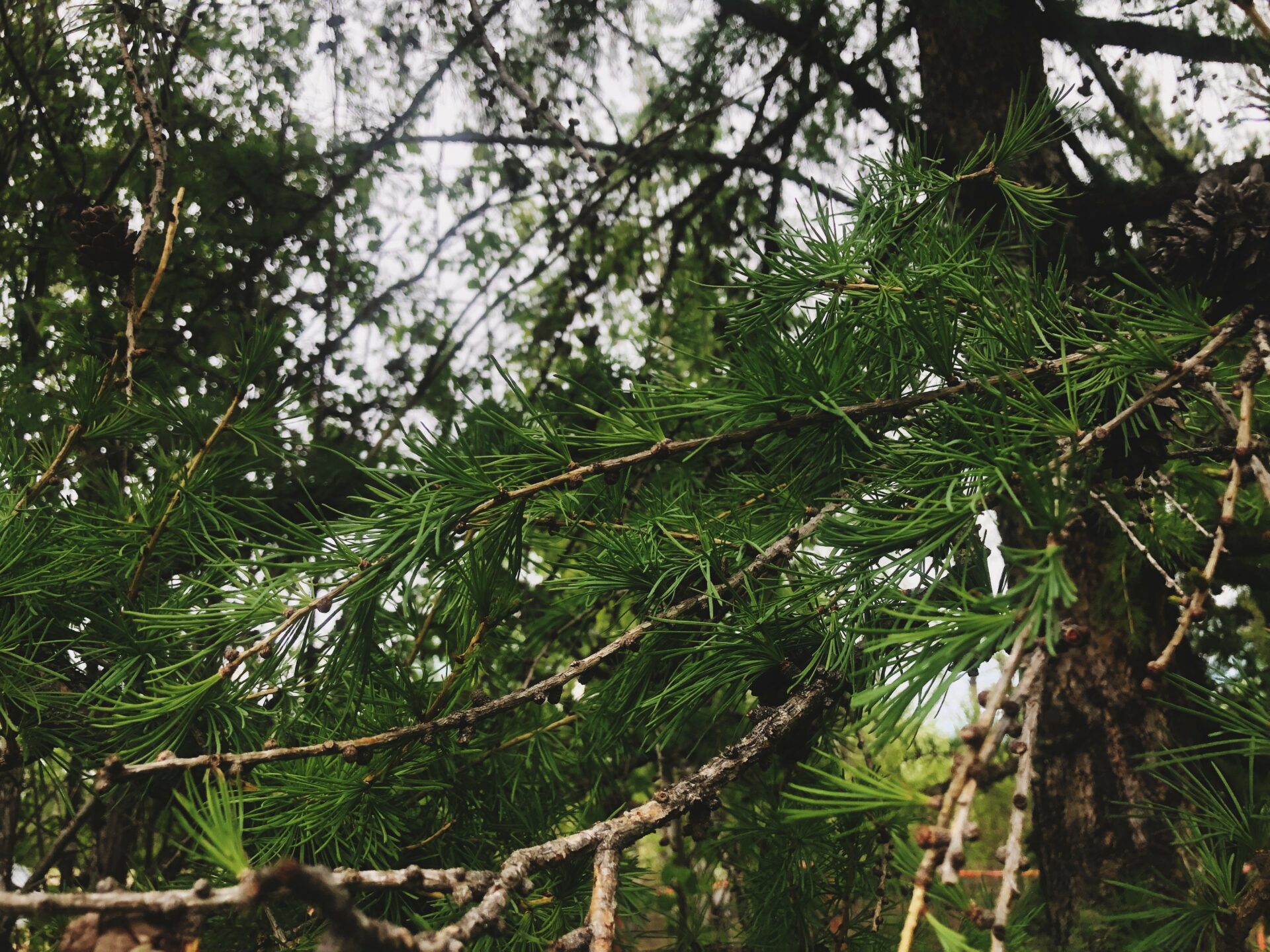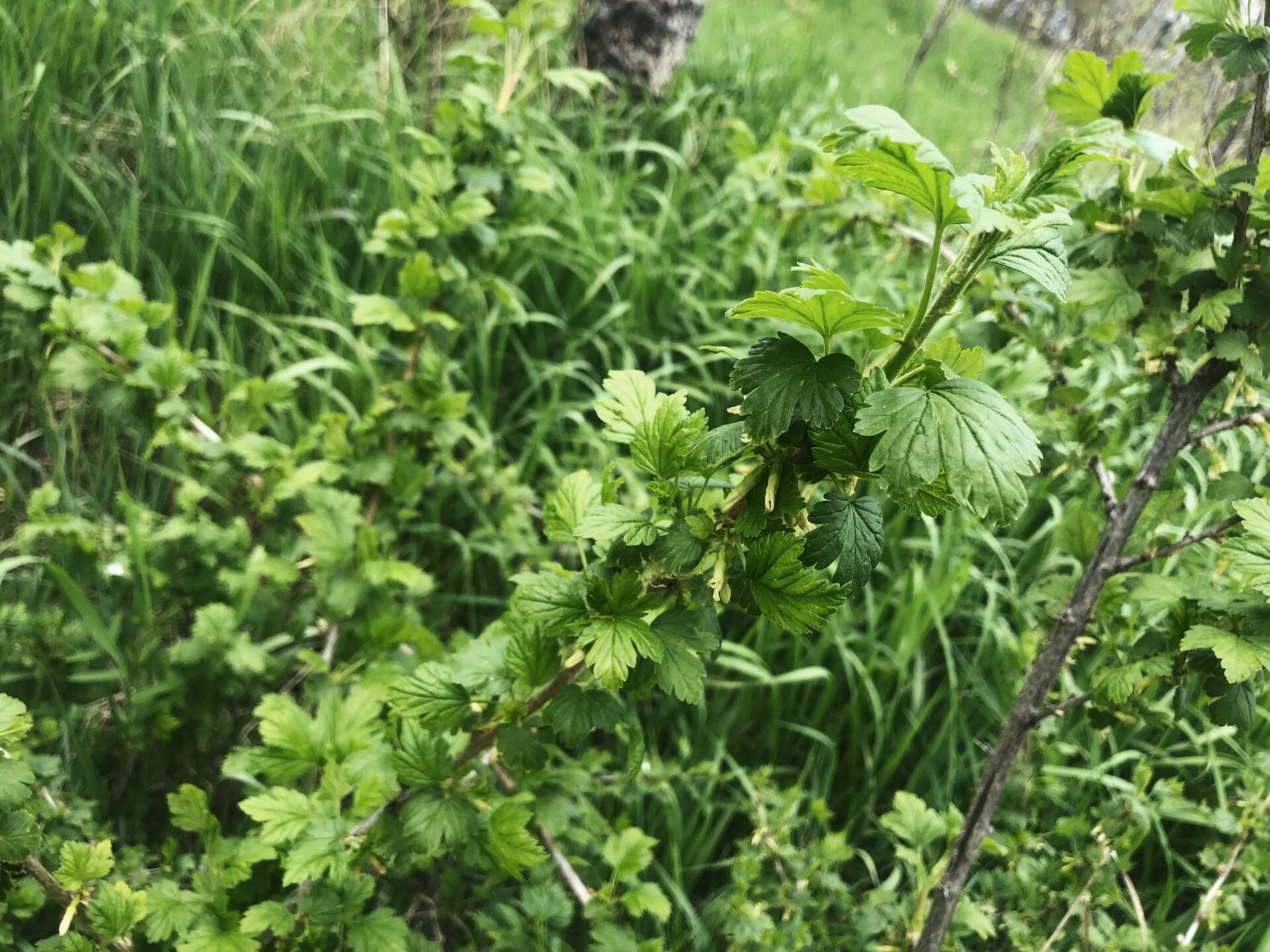Particularly in northern British Columbia, the month of June represents the first month of the year where foraging opportunities appear to be seemingly endless. The bush is exploding with new growth, and that is represented by the wide variety of plants that can be found. Here is a list of 10 plants that you can forage for in June.
Advertisement

Before you head out, be sure to have a knowledgeable mentor with you or a good plant identification book. Pick areas free from pollution or pesticides to harvest from, and only take what you need – keep the one-third rule in mind and never take more than one-third of the leaves/berries/etc. from a single plant, or from a patch. Utilize care and caution before consuming any plant for the first time, particularly if you a pregnant or taking medication.
Dandelion (Taraxacum officinale) Flowers
I like to wait until June to start picking dandelion flowers, as they are one of the first sources of food for bees. Dandelions can be infused into oil for making salves, infused into vinegar for use in dressings and marinades, or use the capers (flower buds) for pickling or deep fried in batter!
Advertisement

Plantain (Plantago major)
Plantain is one of the top plants in my summer herbal first aid kit arsenal; you can infuse the leaves into an oil to use on its own or combine with other healing oil infusions to make a salve that provides relief for bug bites, dry skin, rashes and more.
Horsetail (Equisetum arvense)
Horsetail is rich in silica, which makes it an excellent herb for use in infusions, poultices and salves for the hair and skin. If consuming horsetail, it is not recommended to use for the long term.
Advertisement
Spruce (Picea glauca x engelmannii) Tips
Spruce tips are a delicious and nutritious sign that spring is here – they have a multitude of uses, including spruce tip jelly, spruce tip salt and infused in vinegars. The flavours pair well with wild game.

Stinging Nettle (Urtica dioica)
Although my memories of stinging nettle in my childhood revolve mostly around falling off an old fence into a big patch of nettle (and subsequently dealing with the wrath of multiple “stings” from the plant), I have come to appreciate nettle for the versatile plant that it is. The young leaves can be consumed, dried or turned into an infusion that, when paired with horsetail, makes the base for a hair spray to help strengthen your hair and encourages a healthy scalp.
Birch (Betula papyrifera) Leaves
Spring is the perfect time to harvest birch leaves for both internal and external use. Create teas and vinegars to harness the nutrients of the birch tree or use on the skin and hair to soothe dry skin and irritations.
Gooseberry (Ribes spp.)
Gooseberries are incredibly tart and can be consumed both cooked and raw. The berries themselves appear later in the summer, so in June we like to harvest the leaves. The leaves can be used fresh and dried for use in infusions or use the leaves for a healing poultice.

Wild Raspberry (Rubus idaeus) Leaves
While the berries themselves tend to be the star of the show later on in the summer, wild raspberry leaves can be dried and used in a tea (often combined with “crampbark” or highbush cranberry inner bark) to help alleviate symptoms associated with women’s cycles.
Aspen (Populus tremuloides) Bark
Harvesting aspen inner bark and spring yard work go hand in hand. Whittle away the inner bark from small saplings or branches that you prune while out in the yard. Aspen is said to contain to pain relieving substances and can be made into liniments or salves to help provide relief to sore muscles.
Tamarack (Larix laricina)
The soft, fresh needles of the tamarack are best harvested in the early spring. While it can be consumed in a variety of different preparations, I enjoy using the needles for a relaxing bath soak (just be sure to place the needles into a small satchel so they don’t plug up the drain).